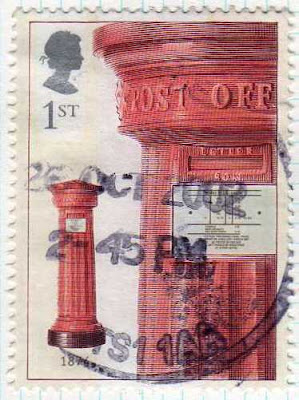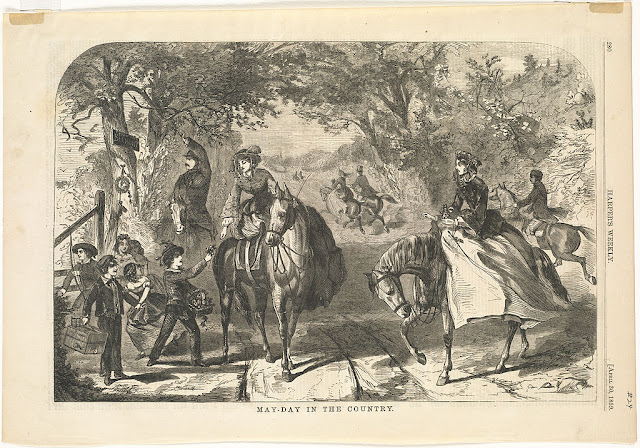A-Z Challenge 2012 - Z
Z-Plan Castles
I had all sorts of grandiose ideas when I
started on a castle theme for A-Z this year. I always knew certain letters
would give problems but there turned out to be more than I expected – it wasn’t
just Q, X and Z. I won’t tell what the others were. Trying to deal with only
castles that were haunted turned out to be impossible. I even had to desert Britain and Ireland
in favour of Germany
for X.
Thanks to Old Glenbucket, when I did Glenbuchat
for G, for giving me an idea to finish with on Z. Glenbuchat is what is known
as a Z-Plan castle.
I found that there is even a Facebook page for
Z-Plan castles – not that it tells you much:
“Z
Plan is a form of castle design common in England and Scotland. The Z-plan castle
has a strong central rectangular tower with smaller towers attached at
diagonally opposite corners.
A variant on the Z plan is the C plan, in which the two
smaller towers are attached at adjacent corners of the main tower.”
It also gave three examples, one of which was
Glenbuchat. However I just had to check out Castle Fraser which is reputed to
be the most elaborate example of a Z-Plan castle in Scotland.
 |
| Castle Fraser, near Kemnay, Aberdeenshire |
The five-storey Z-Plan castle was begun in 1575
by the 6th Laird of Fraser and completed in 1636. The castle was
modernised in a classical style in the late 18th century under the
supervision of the lady laird, Elyza Fraser with the interiors reconstructed
again between 1820 and 1850 by Charles Fraser. New owners carried out a partial
restoration of the castle in about 1950 with much of the 19th
century work removed to reveal earlier fabric.
Built as the home of the Frasers the castle
passed down through the Lords Fraser and then into the Mackenzie family who
took the name Mackenzie Fraser. The last male heir died childless in 1897. In
1921 the castle was sold to the 1st Viscount Cowdray whose family
restored the castle as a shooting lodge and gifted it to the National Trust for
Scotland
in 1976.
I’m please to say that there is a legendary
ghost associated with the castle.
A young princess staying at the castle was brutally murdered while asleep
in the 'Green Room'. Her body dragged down the stone stairs, left a trail of
blood stains. The occupants of the castle could not scrub out the stains no
matter how they tried and were forced to cover the steps with wood panelling,
which can be seen today. It’s said the princess still stalks the halls of the
castle during the night.
There is a much more mundane explanation for the panelling - the stone
stairs were covered to make them easier to climb when they were used as the
stairs for the servants in the 19th century.
As this is the last post this year I thought I
present another Z-Plan
Castle, again with a
ghost or two.
 |
| Ballindalloch Castle |
Ballindalloch Castle
lies between Dufftown and Granton-on-Spey in the Moray region of Scotland. The
first tower was built in 1546, The castle was restored in 1645 after it had ben plundered and burned
by the first Marquess of Montrose. General James Grant extended the castle in
1770; Thomas MacKenzie added more in 1850. 1878 extensions were mostly
demolished during modernisations in 1965.
Ballindalloch Castle has been continuously occupied by
the Russell and Macpherson-Grant families throughout its existence.
The ghosts?
- General James Grant, Laird of Ballindalloch 1720-1806 – a British General in the American War of Independence.
- ‘The Green Lady’ whose ghost haunts the Ballindalloch dining hall
| Muness Castle |
The ruins of Muness
Castle are located on the island of Unst, Shetland. Unst is the most
northerly inhabited island in Britain.
The remains of the castle consist
of just over two storeys of the three-storey Z-Plan arrangement. The corner
towers are circular rather than square, as is more usual with such castles
Muness
Castle was built by Laurence Bruce
in1598; it was burned by French raiders in 1627 and although repaired it was no
longer in use by the end of the 17th century, The Bruce family sold
Muness Castle
in 1718 only for it to be abandoned by 1750. It has been roofless since 1774
One may read over the door of the ruins: "List ye to knaw yis building quha began, Laurence the Bruce he was that worthy man, Quha ernestly his airis and ofspring prayis To help and not to hurt this vork alwayis. The zeir of God 1598."
The building is in the care of Historic Scotland.
My special thanks go
to Hilary Melton-Butcher whose castle theme has kept me on my toes throughout
this year’s A-Z Challenge – we only had the same castle twice!
Last Saturday Hilary told us Y (why) Castles are like they are
Attributions
- Castle Fraser on of the finest Castles of Mar 2006; author JThomas; Creative Commons Attribution-ShareAlike 2.0 license
- Ballindalloch Castle 2008; author Mike Searle; Creative Commons Attribution-ShareAlike 2.0 license
- Muness Castle ruins 2006: author ThoWi; public domain
















































